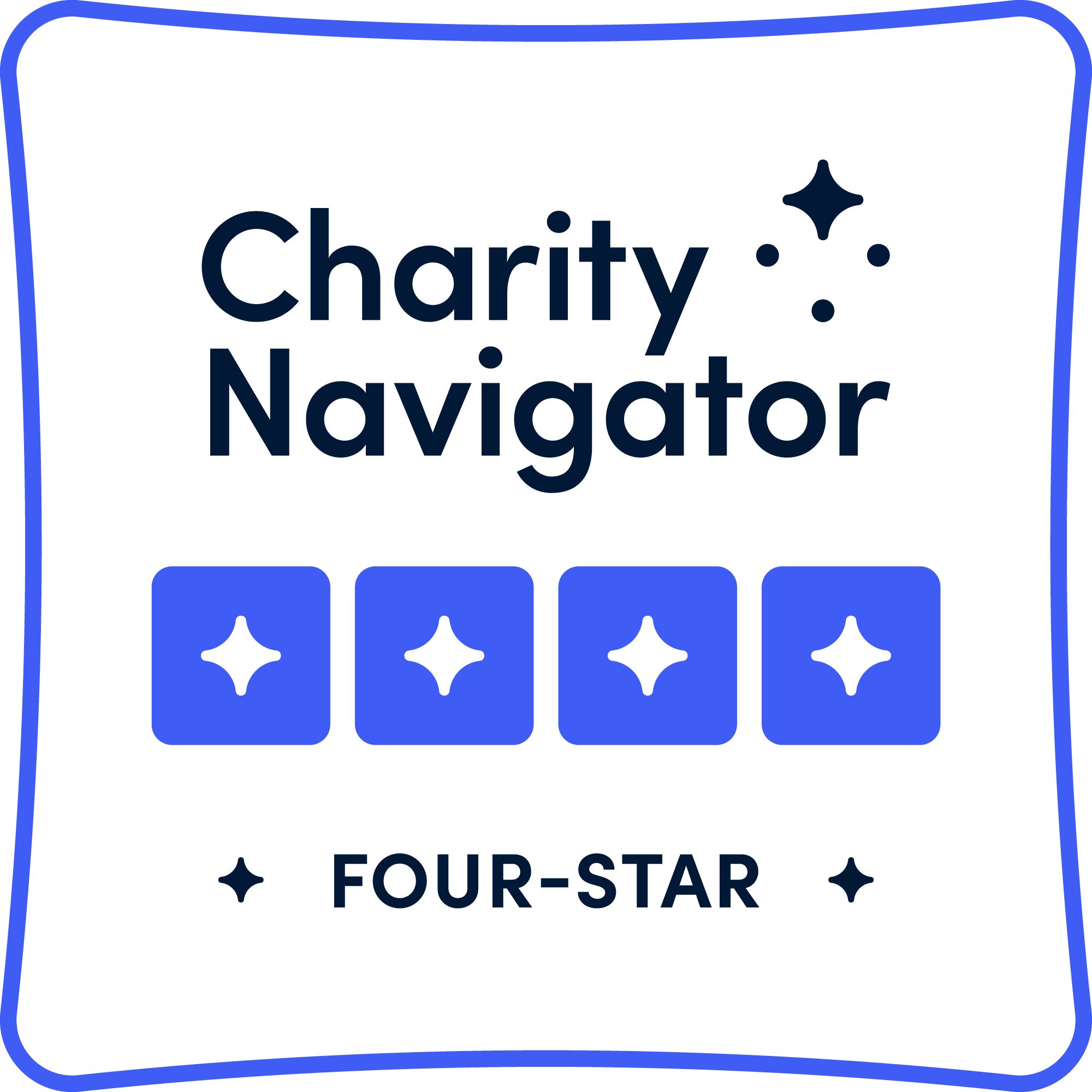Want to increase student engagement and interest in the classroom? Educational games are a fantastic way to boost student motivation and help them develop their critical thinking and problem-solving skills. By using climate change games in the classroom, you will inspire students to learn about the impacts of climate change, find solutions, and take climate action. We’ve gathered 10 digital and physical educational games to use in the classroom and/or link to any LMS system, such as Google Classroom. Students will be excited to learn these concepts in a fun and engaging manner.
























